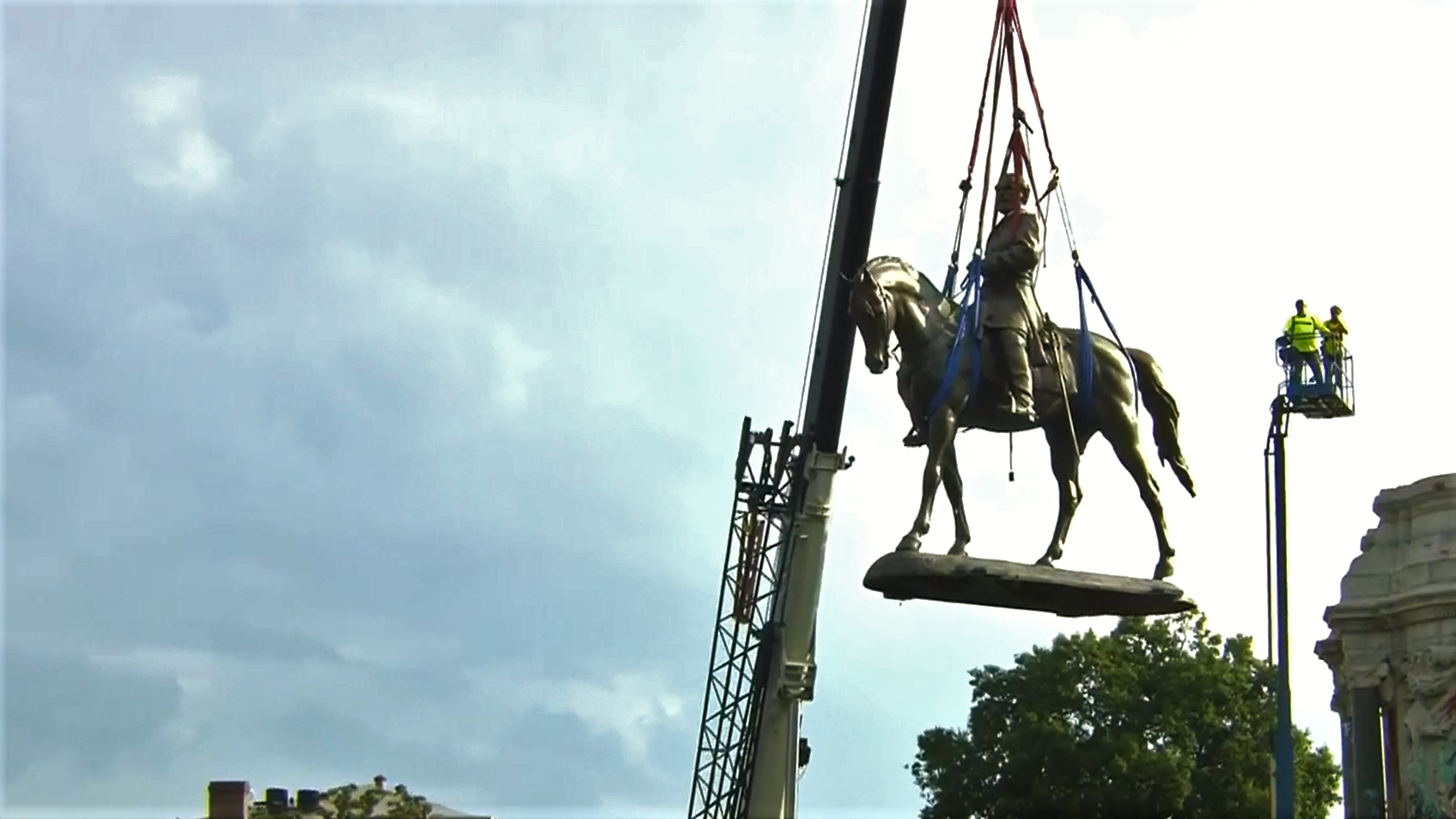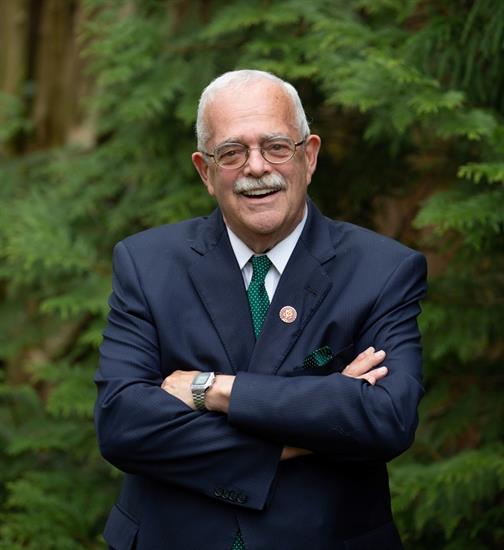The Confederacy Falls From Its Pedestal and Takes Community Memorials With It
On Wednesday, a towering and prominent statue of one of the Confederacy’s most vile leaders, Confederate General Robert E. Lee, was lifted off its pedestal where it stood for more than 130 years in Richmond, Virginia as an abominable symbol of hatred, racism, and the crimes of this nation.
The statue was constructed more than two decades after the end of the Civil War at a time when Virginia, like much of the South, was resisting reconstruction policies and attempting to keep free Black men and women from attaining as many liberties as possible. The statue was an extension, a bronze simulacrum, of the new systems of oppression the Commonwealth was building.
Governor Ralph Northam and his Administration proposed removing the statue more than a year ago, but the Governor and his staff were met by lawsuits and courts. Finally earlier this month, the Virginia Supreme Court unanimously voted that the monument could be removed. Until the Commonwealth decides what to do with the statue, it will be held in storage.
The 21-foot, 12-ton, century-old statue was removed Wednesday. According to a press release from Northam’s office, the process took roughly an hour.
“After 133 years, the statue of Robert E. Lee has finally come down—the last Confederate statue on Monument Avenue, and the largest in the South,” Northam stated in a press release. “The public monuments reflect the story we choose to tell about who we are as a people. It is time to display history as history, and use the public memorials to honor the full and inclusive truth of who we are today and in the future.”
The pedestal that once served as the statue’s home will remain for the time being as a new type of monument: a constant reminder of the removal of the statue.
The removal of the statue was attended by Attorney General Mark Herring, who is currently running for reelection.
“Today is a momentous day in Virginia’s history,” said Herring in a press release. “For over 130 years, the Lee statue has stood as a daily reminder of a racist past, but that past does not define the Virginia of today, or the Virginia of tomorrow. It is time to use our public spaces to tell the Commonwealth’s full story and to tell it truthfully.”
But is it true that Virginia’s racist past does not define the Commonwealth’s present?
In the process of removing the statue, the Commonwealth also removed more than 80 memorials to Black people who were killed by police. Among the memorials was a sign placed by members of the community which unofficially dubbed the plot of land as Marcus-David Peters Circle.
Peters, a Black man, was murdered by Richmond Police during a mental health crisis, the only one he had ever experienced according to his family. At the time of his murder, he was unarmed and clearly in distress with no means of harming the responding officers. His sister, Princess Blanding, is the only third-party candidate on the gubernatorial ballot in Virginia this year.
The memorials that were removed were labeled with the intention to catalog the items and send them to the Library of Virginia.
The removal of the Robert E. Lee statue serves as a small victory, but the desecration of the community’s memorials is shameful. There were better ways to do this. There was no reason for the Commonwealth to remove anything but the statue.
Instead of uplifting the community and moving forward toward a brighter future, the removal of the 133-year-old statue took a dark turn. What should have been a victory for the community turned into the sacrilege of their own memorials.
In the face of the destruction done to the community and their shrines, the removal of the statue can only be seen as a small victory, one that is more symbolic than substantitive.



